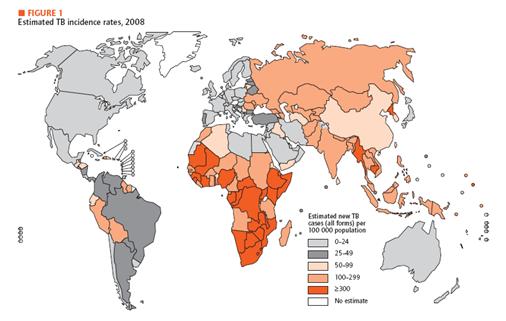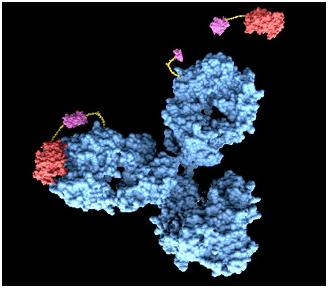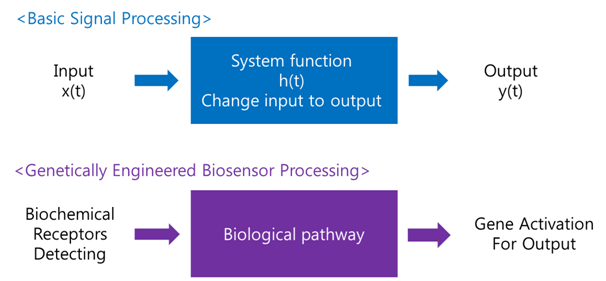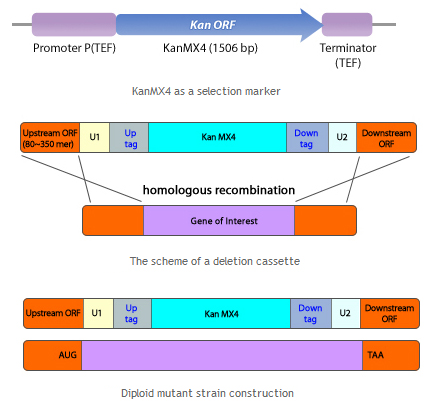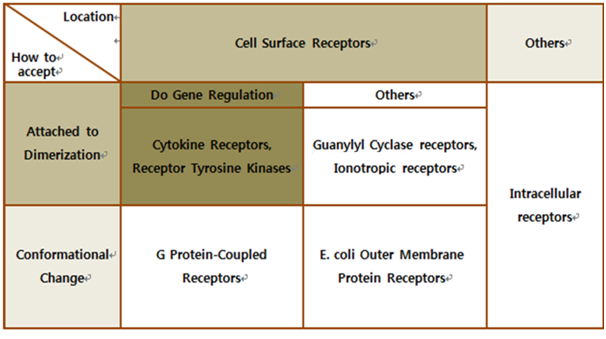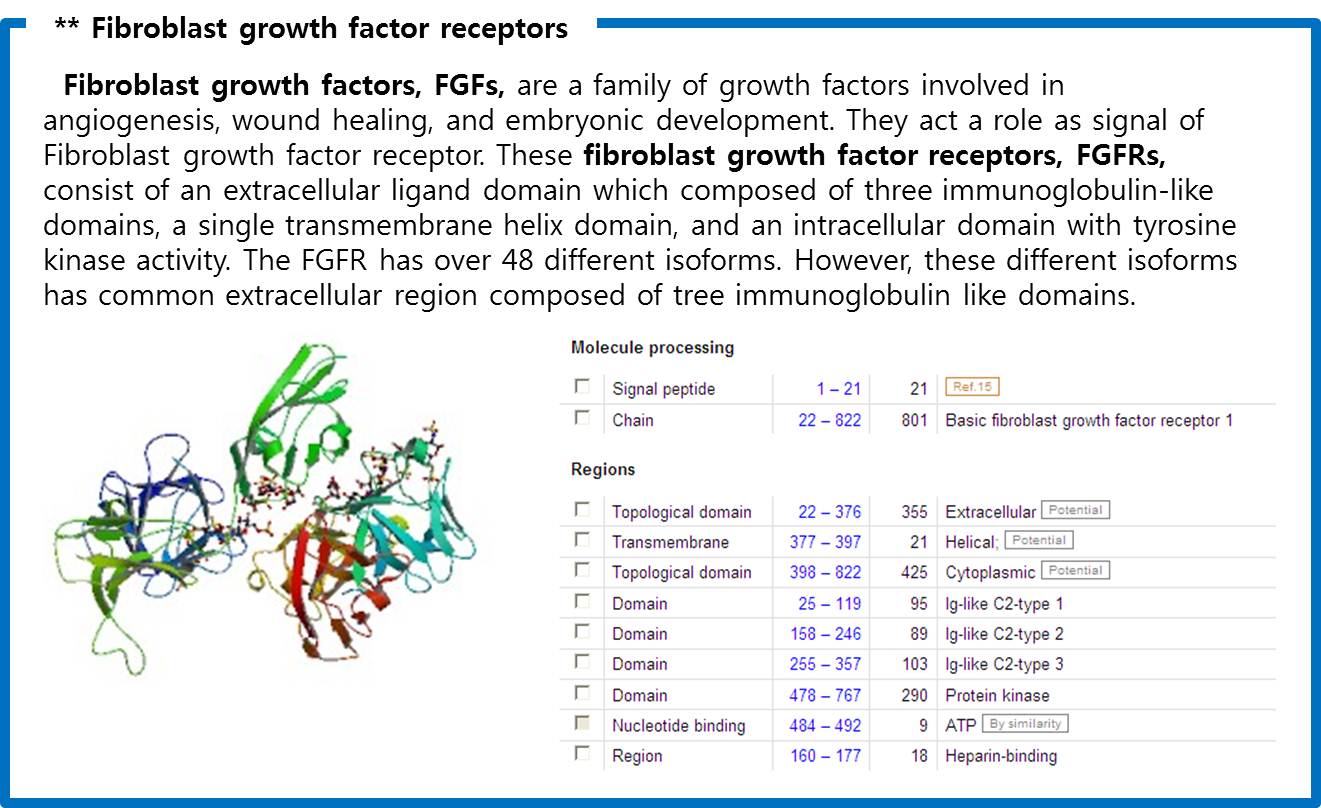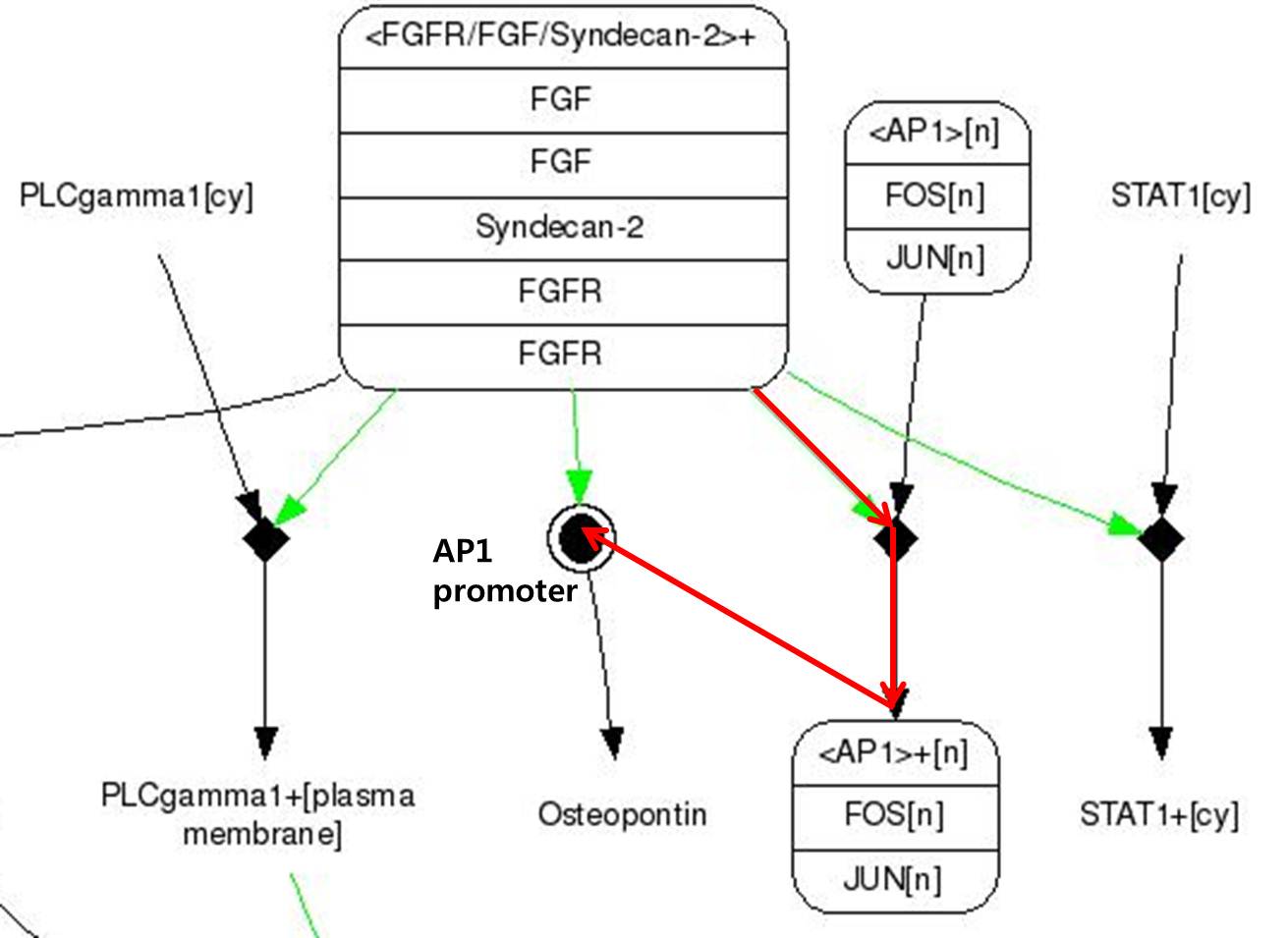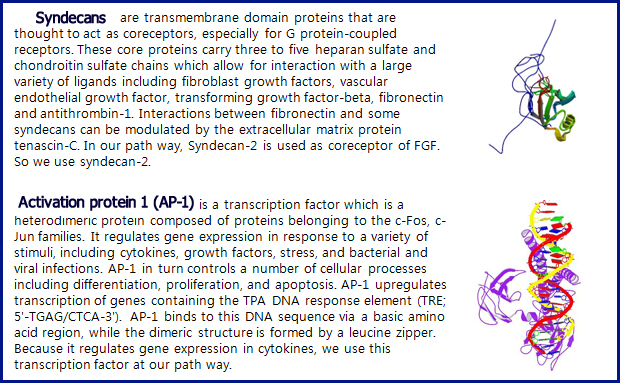Motivation
There are many kinds of diseases that mankind is suffering. When we talk about this topic, we can think easily three issues which are malaria, HIV and tuberculosis. Malaria is a disease that is transmitted from human to human by mosquitoes. Each year, malaria causes nearly one million deaths and the majority of them occur in developing countries. And this disease is high-risk in children, pregnant women, travelers, refugees, displaced persons, and laborers entering endemic areas. In case HIV, there are 33 million people infected in the world and 95 percent of them are living in developing countries. At last, for tuberculosis, it caused by mycobacterium tuberculosis which affects lungs most. Until now, more than 2 billion people are infected with tuberculosis bacilli and 90 percent of them are in developing countries. As we can see, all of these diseases are very problematic in developing country.There are many kinds of diseases that mankind is suffering. When we talk about this topic, we can think easily three issues which are malaria, HIV and tuberculosis. Malaria is a disease that is transmitted from human to human by mosquitoes. Each year, malaria causes nearly one million deaths and the majority of them occur in developing countries. And this disease is high-risk in children, pregnant women, travelers, refugees, displaced persons, and laborers entering endemic areas. In case HIV, there are 33 million people infected in the world and 95 percent of them are living in developing countries. At last, for tuberculosis, it caused by mycobacterium tuberculosis which affects lungs most. Until now, more than 2 billion people are infected with tuberculosis bacilli and 90 percent of them are in developing countries. As we can see, all of these diseases are very problematic in developing country.
Fig 1. Estimated TB incidence rates, 2008
In developing country, there are not much money and technology in medical development for testing and treating diseases. But unfortunately, basic medical tests like blood tests and biopsy and others need certain level of technical development. In addition, at some areas in developing countries doesn’t have electricity or access to high technology equipments. Therefore, we need new diagnosis system for disease test. For our system, we choose tuberculosis as a target. As the history goes on, technology related to diagnosis and treatment of tuberculosis has been developed. Especially for diagnosis, people do Tuberculin Skin Test, X-ray Test for its activation and examination of the sputum today. In addition, people take a blood test that involves ESR, white blood cell, CRP status checking. If necessary, CT and endoscopy can be added. Unfortunately, however, most of these tests require high technology and proper machines to process. Therefore, in developing countries these tests can be very hard to operate. As a solution, we think of a new idea for new diagnosis system.
Fig 2. People suffering from malaria and TB Fig 3. Researching disease
As the advanced version of diagnosis method, we suggest a system using antigen-antibody reaction. Actually, antibody can’t release signals by antigen-antibody reaction. So, we thought of fusion antibody-receptor as solution. Fusion antibody-receptor is a receptor which fused with other functional protein, antibody. In this way, we can get result by gene expression which would generally be GFP expression after our system is triggered by our target antigens. As a result, we can get possibility to make universal sensor by changing only target antigen’s antibody in fusion antibody-receptor. It should be very easy to diagnosis without heavy technology in the future.
Fig 4. Antibody
Whole Pathway
Antibodies for Detecting Mycobacterium tuberculosis
The major problem of Tuberculosis is including the prevalence of multi-drug-resistant strains and co-infection with human immunodeficiency virus. We found a report, and that is written that MPT51 is over-expressed on the tuberculosis cell membrane. So, we thought that we can use MPT51 as a antigen to detect tuberculosis. The reason why we selected these proteins is that they are differently over-expressed. Also, other normal human cell in our body does not have MPT51 protein on a cell. Therefore, if we can detect the existence of MPT51 on a cell, we could know that someone has tuberculosis or not. So, we will make fusion antibody that can cognize MPT51 as an antigen, and put it into yeast.
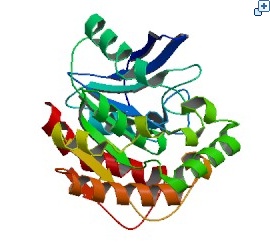 Fig. 5 The crystal structure of Mycobacterium tuberculosis MPT51
Fig. 5 The crystal structure of Mycobacterium tuberculosis MPT51
Making Biosensor – Yeast Detector
A biosensor is a device for the detection of an analyst that combines a biological component with a physicochemical detector component.[1] In order to make biosensor with genetically engineered organism, we should consider the following basic sensing process.
Receive input -> Process -> Extract output
The ‘Receive input’ part can be alternated by represented receptor, the ‘Process’ part can be signaling pathway which changes input to output, and the ‘Extract output’ part can be something easily detectable by human. Nowadays, pigments or fluorescence proteins are usually used for output, and in order to express these substances, gene expression is made constant use in genetically modified organism. Thus, all engineered biosensors with organisms should be modeled on (consist of) 1) biochemical receptors which can activate gene expression, 2) biological pathway, and 3) gene activation for output.
Yeast?
Minimal genome fission yeast, Schizosaccharomyces pombe
Porting of cell signal transduction pathway is not easy for wild type organism. Most important reason is unwanted protein degradation. For wild type organism, unfamiliar protein can be harmful because it may be fragmented or misfolded proteins which disturb cellular pathway or viral proteins which may infect organisms. So wild type organism degrade unfamiliar proteins whether it is really harmful or not. And even degradation of at least one element of signal transduction pathway can disconnect whole pathway. So for successful porting of cell signal transduction pathway, inhibition of protease is important. Another problem is signal confusion. Basically, cellular signal transduction pathway is based on the protein-protein interaction(PPI). So unwanted PPI with elements of ported signal transduction pathway can confuse the signal. Of course if origin species of ported pathway is far enough from target species, we can exclude predictable unwanted PPI to avoid homologous proteins. But there are many unpredictable PPIs which can confuse the pathway. To avoid this problems, deletion of unnecessary proteins is required. And fission with minimal genome is made[5]. This yeast have only 1033 necessary genes of 5776 genes from wild type. So it may be useful to port cell signal transduction pathway from other organism(Human) without unwanted protein degradation or signal confusion.
Fig 6. Schizosaccharomyces pombe homologus recombinant
Schizosaccharomyces pombe (S. pombe) Deletion Mutant Library Sets were created by Dr. Kwang-Lae Hoe at KRIBB (Korea Research Institute of Biotechnology and Bioscience, Korea) through collaboration with Sir Paul Nurse at CRC (Cancer Research Center, UK, currently at the Rockefeller University in USA) and Bioneer based on the genome sequences of the S. pombe provided by the Wellcome Trust Sanger Institute. This genome-wide S. pombe deletion collection covers more than 98% of genome consisting of 4,914 genes. As each deletion strain has its distinct tags, functional analysis can be performed both in a gene-specific manner and a genome-wide scale. Two different sets of mutant collections are available: h+ haploids and h+/ h+ diploids.
Biochemical Receptors
The upper table represents classification of all biological receptors. First of all, since our genetically engineered machine has to detect on mycobacteria directly, we should select cell surface receptors. Next, we should consider using fusion-antibody-receptors. We used gene combination simply (add antibody to biological receptor without original receipt part). If the receptor has conformational change property when it accepts input signal, we guess that our fusion antibody receptor cannot operate well because antibodies characteristics (antigen size, antibody size, etc.) are different. They don’t have special receipt part in a whole receptor, of course, so whole receptor is important receipt part; we cannot create fusion-antibody-receptor with this protein anyway. Therefore, we choose ‘Dimerization’ receptor. Most of these receptors have Immunoglobulin-like receptor part which can be alternated by antibodies easily. Also, since biosensors should activate gene expression, we selected gene-regulation related receptors.
Finally we choose cytokine receptors and receptor tyrosine kinases. Among them, Fibroblast Growth Factor Receptor (FGFR) in receptor tyrosine kinases was selected.
Fig 7. Crystal structure of a ternary FGF-FGFR-heparin complex
Fusion Antibody Receptors
The Fusion Antibody-Receptor is a protein which receptor genetically combines with a specific antibody. The following figures show what the fusion antibody-receptor is for details.
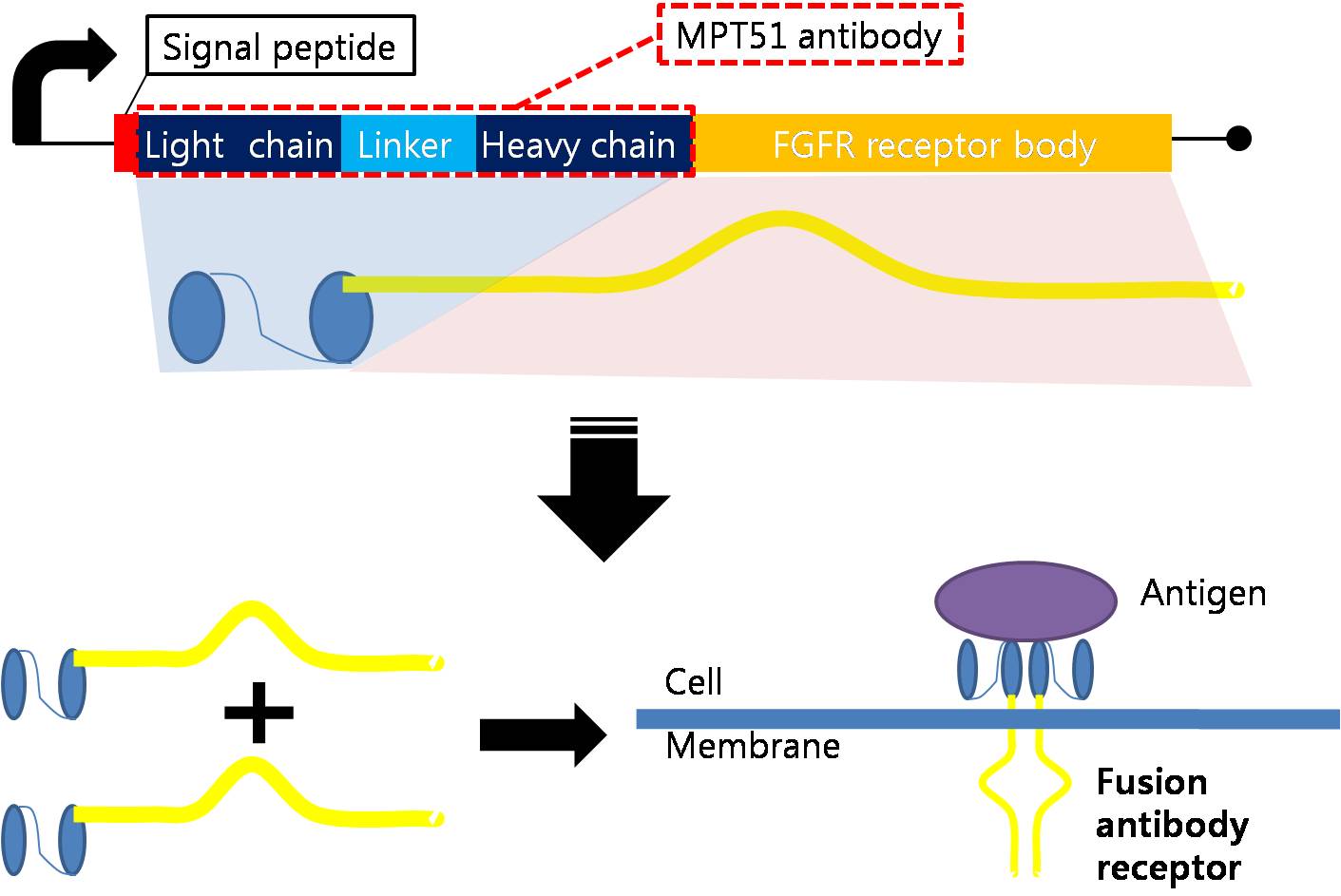
The fusion antibody-receptor is designed by simple gene modification. We altered the Mycobacterium tuberculosis antigen detectable antibody single chain instead of the FGFR receptor’s antigen acceptable part (Immunoglobulin-like parts). Light chain part of the antibody – Linker – Heavy chain part of antibody is enough. (There are some evidences to success making fusion antibody-receptor with this method in some experiments. [4]) Then in order to express the receptor on cell surface membrane of Schizosaccharomyces pombe, we change the original signal peptide to outer membrane signal peptide of Schizosaccharomyces pombe. Surely the receptor should satisfy our standard for biosensor.
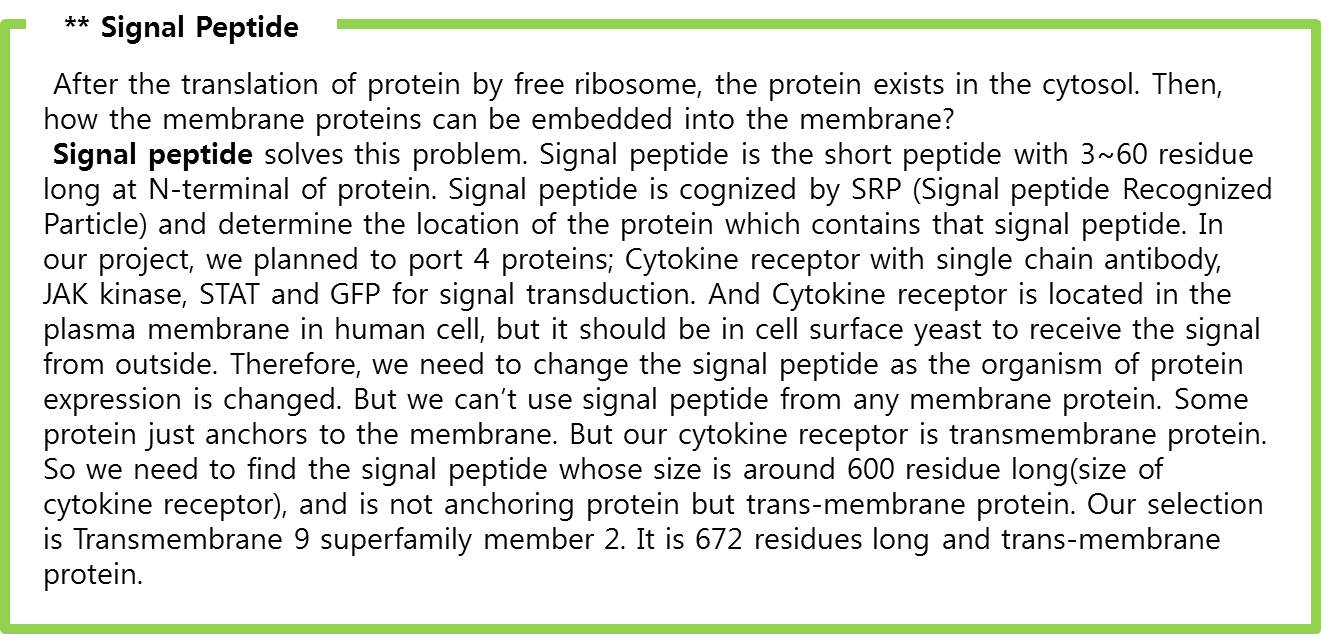
Schizosaccharomyces pombe Signal peptide from Cell wall integrity and stress response component 1
Protein sequence:
MVFLNSSPFKGRLLFFVYLLIISTRLVAA
mRNA sequece:
atggtgtttctgaacagcagcccgtttaaaggccgcctgctgttttttgtgtatctgctgattattagcacccgcctggtggcggcg
Signal Pathway : Fibroblast Growth Factor Pathway
FGF signaling pathway
We use FGF signaling pathway(FGF-2) which acts critical role in Craniosynostosis in suture closure. Whole pathway of FGF signaling change osteoblast cell activity eventually. In that one, We focused on osteopontin expression.
Fig 8. FGF signaling Pathway. Red line pathway is selected in our project.
1. FGF-2s(Fibroblast Growth Factor-2) binds to FGFR(Fibroblast Growth Factor Receptor)
2. There are Syndecan-2 which help signal pathway of FGF in membrane. It make FGFR to activate to pass the signal.
3. There are FOS and JUN proteins in cytoplasm.(In addtion, FOS and JUN mRNA synthesize more when FGF-2 signal binds)
Especially, c-FOS and c-JUN attach each other and form AP-1(Activate Protein 1).
4. Changed FGFR and FGF-2 composition activate AP-1.
5. Activated AP-1 can bind to DNA and osteopontin gene is expressd.
Gene Activation for Output
References
- Fig 1. Estimated TB incidence rates, 2008 WHO Library Cataloguing-in-Publication Data,
- Global tuberculosis control: a short update to the 2009 report
- Fig 2. People suffering from malaria and TB
- Mother nature network, article “New form of malaria threatens Thai-Cambodia border”
- Fig 3. Researching disease
- Fondation Merieux Research Programs
- http://www.fondation-merieux.org/-research-programmes.html
- Fig 4. Antibody
- Cytomx http://cytomx.com/technologies.html
- Fig 5. MPT51
- RCSB Protein Database, "The crystal structure of Mycobacterium tuberculosis MPT51"
- Fig 6. Yeast homologous recombinant
- Bioneer http://pombe.bioneer.co.kr/technic_infomation/construction.jsp
- Fig 7. CRYSTAL STRUCTURE OF A TERNARY FGF2-FGFR1-HEPARIN COMPLEX
- RCSB Protein Database, "CRYSTAL STRUCTURE OF A TERNARY FGF2-FGFR1-HEPARIN COMPLEX"
- Fig 8. FGF signaling pathway
- Nature Pathway Interation Database, "FGF signaling pathway"
- http://pid.nci.nih.gov/search/pathway_landing.shtml?pathway_id=fgf_pathway&source=NCI-Nature%20curated&what=graphic&jpg=on&ppage=1
- [1] International Union of Pure and Applied Chemistry. "biosensor". Compendium of Chemical Terminology :: Internet edition.
|
 "
"
